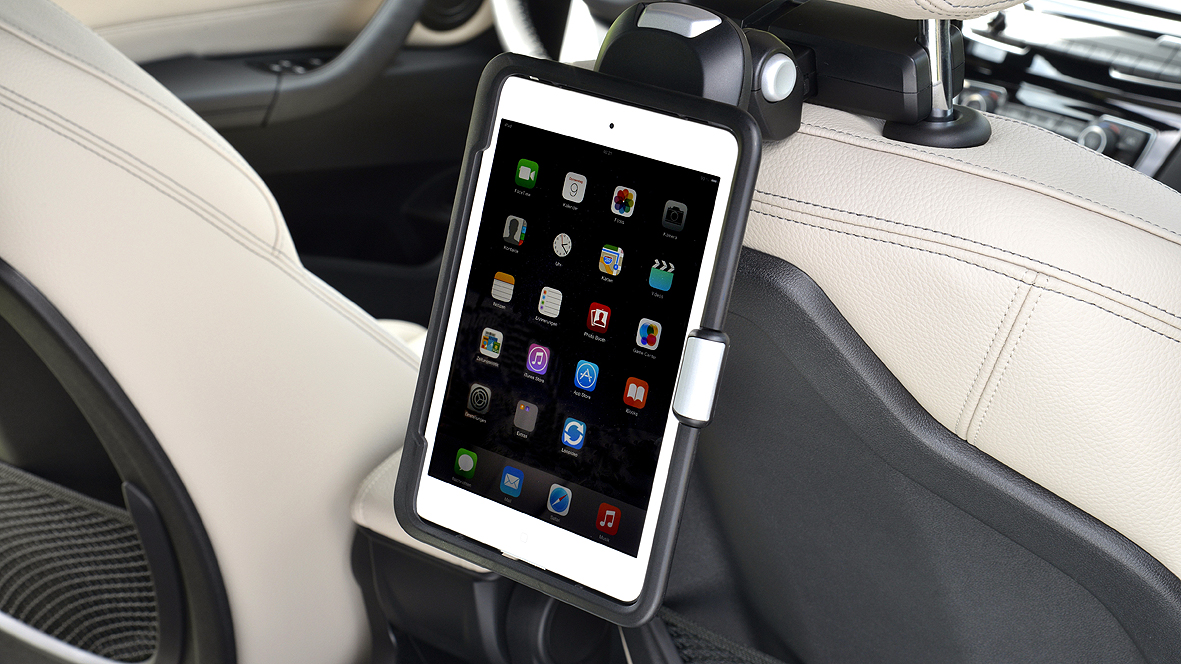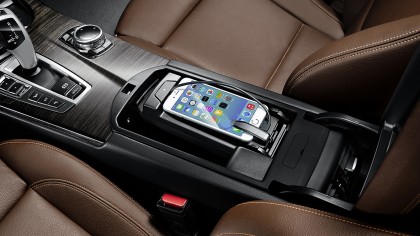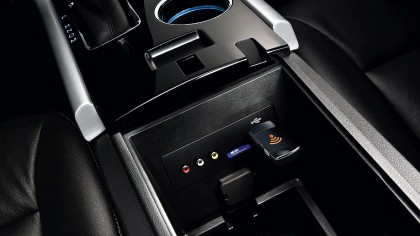How to turn your car into a Wi-Fi hotspot on wheels
No dongle required (though it can help)

Connectivity on the move is incredibly useful for everything from avoiding traffic jams to staying in touch to keeping the kids pacified in the back seat – and happily, adding a Wi-Fi hotspot and internet connectivity to any car is a breeze these days.
There are pros and cons to the various options for getting connected – and there's a big difference between just setting up a Wi-Fi hotspot and having internet connectivity integrated a the car's own systems. It's also worth remembering that not all mobile data service providers are the same, and pricing and coverage do vary.
So, here's what you need to know to get your car cruising down the information superhighway, as nobody still calls it.
Use your smartphone
You've almost definitely got a smartphone with a data connection and Wi-Fi tethering. So you almost definitely already have the means to turn any car into a Wi-Fi hotspot.
The main advantages of using your phone are simplicity, immediacy and cost. It's something you can do straight away, without the need to buy a new device or set up a contract with a service provider. Using your phone also means your internet connection will be bang up to date – if your phone is 4G, so is your in-car hotspot.

However, there are a few things to bear in mind. Using your phone as a hotspot is pretty much the worst-case scenario for power usage – you'll burn through the battery faster than you ever thought possible. So you'll definitely want some kind of power adapter for your car.
Most recent cars have a USB socket or two; for older models you'll need a 12V adapter. On the subject of USB connectivity, it's worth noting that some cars, such as Minis with the Mini Connected system, can access your phone's internet connection via the USB connection. That's handy because it gives access to features like HD traffic data for the nav, and music streaming for the car's audio system.
Get daily insight, inspiration and deals in your inbox
Sign up for breaking news, reviews, opinion, top tech deals, and more.
Costs for this option will be as per your existing contract. However, it's worth bearing in mind that if using your phone as an in-car hotspot significantly ups your data consumption, there could be cost implications, especially if you breach your data allowance.
Get a 4G dongle or pebble
If you have a smartphone with tethering, why would you ever use a dongle, pebble or Mi-Fi adapter? That's a good question. Here's the answer.
For starters, there's the simplicity. Once you have a dedicated Wi-Fi hotspot in your car it's just there all the time. You don't need to remember to bring your smartphone or enable tethering, and it doesn't matter who's driving or onboard. You'll always have that hotspot.

You may also actually save money, depending on your existing smartphone contract and data usage. For instance, the network 3 will do you a Huawei Mi-Fi pebble with 2GB of data for £8 a month. £14 a month ups that to 5GB, and £21 a month gets you 20GB. All the major networks offer data-only packages, so shop around.
Setup-wise, for ease of use you'll want the device hooked into a USB socket or the car's 12V power, either via a 12V socket or wired directly in. The latter would require professional fitting, but can be worthwhile with older cars that have limited power sockets available. Location-wise, glove boxes and centre consoles work well with regards to reception, and help to keep in-car cable clutter to a minimum.
There are, of course, downsides to dongles. Typically, they won't integrate with the car's own systems – they provide a hotspot for other mobile devices to hook into and that's it. You'll also have to maintain some kind of dedicated contract or pay-as-you go arrangement with a data provider. However, if simply providing an in-car hotspot is your aim, a Mi-Fi device on a direct debit data contract is about as painless as it gets.
Technology and cars. Increasingly the twain shall meet. Which is handy, because Jeremy (Twitter) is addicted to both. Long-time tech journalist, former editor of iCar magazine and incumbent car guru for T3 magazine, Jeremy reckons in-car technology is about to go thermonuclear. No, not exploding cars. That would be silly. And dangerous. But rather an explosive period of unprecedented innovation. Enjoy the ride.